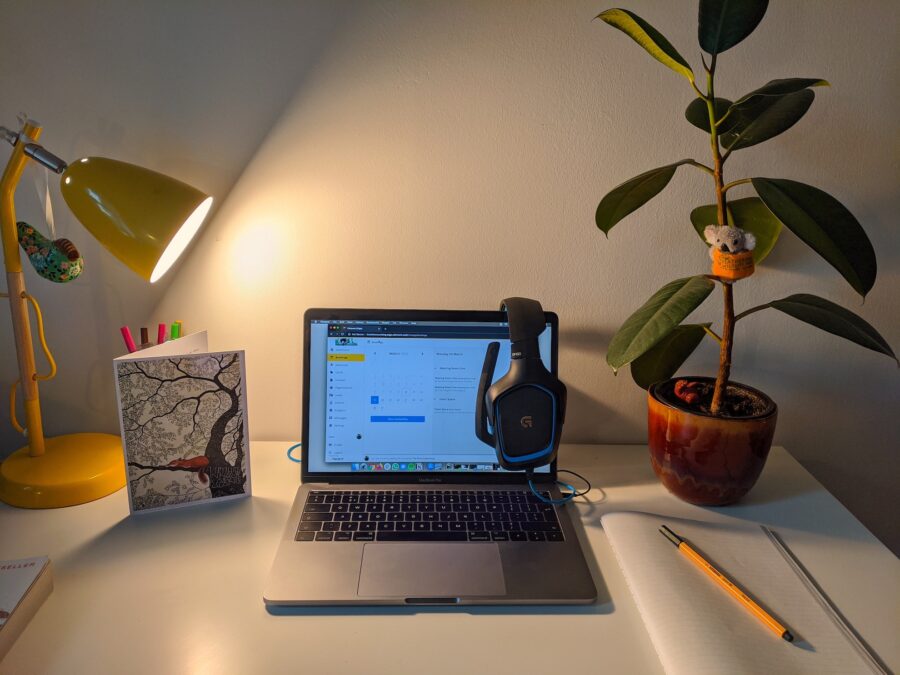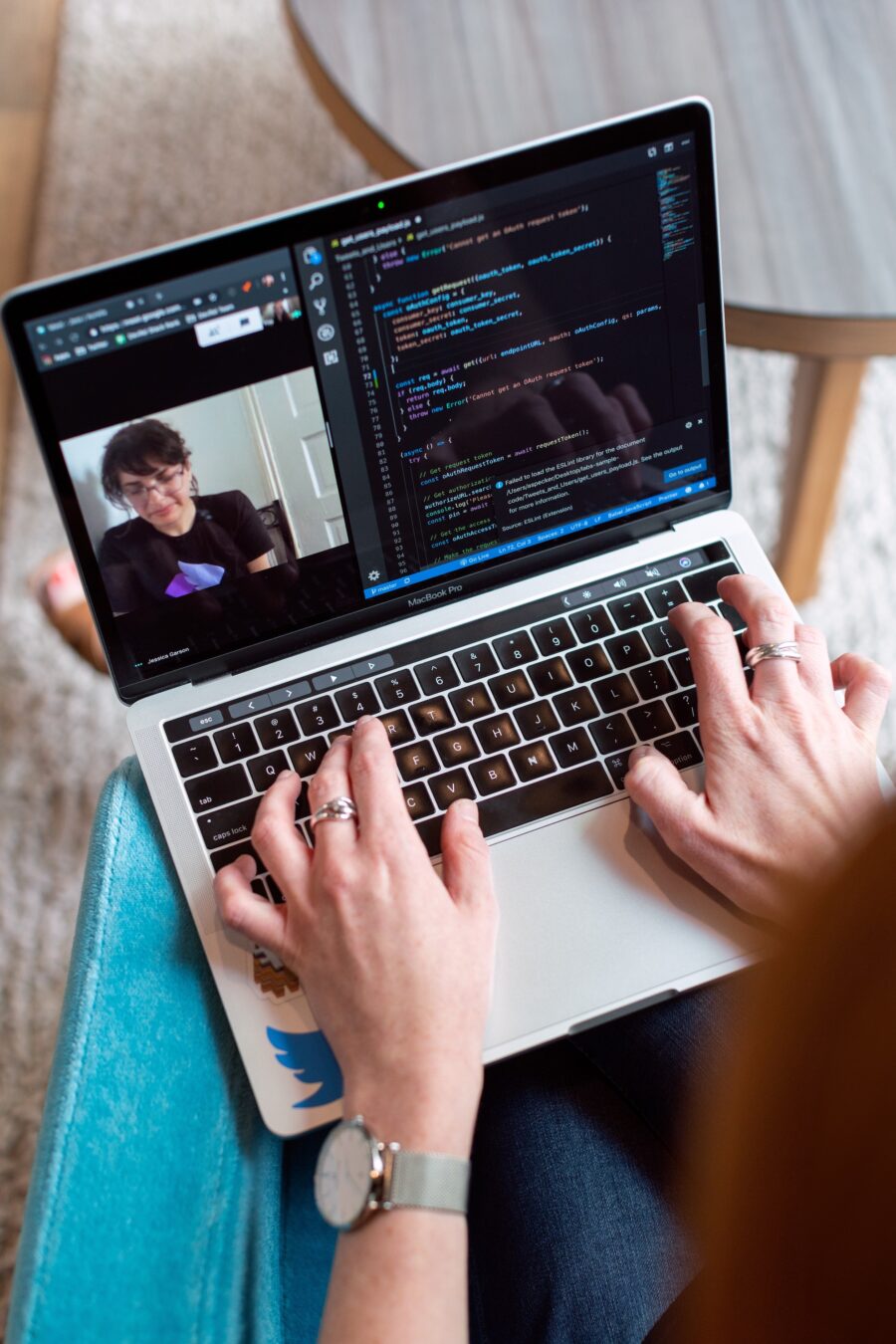Houston, can you hear me?
How to train virtually, by Bee Pahnke: Head of Voice at Dragon Rouge
We’re living through a time of monumental unexpected change. Change to the way we socialise, the way we shop and the way we work. Every part of our life is different now.
It’s hard. But we’re all going through it together. Now’s the time to draw on the expertise of our colleagues, for reasons we might never have expected. Because much like show business, the work must go on.
And Covid-19 or no Covid-19, there will still be times when you have to run workshops. You still have to train your teams – maybe even in the best ways of working remotely. How do you keep that training engaging and fresh when you’re not in the same room?
It’s do-able. I promise.
Here’s what I’ve learned
I’ve run virtual training sessions plenty of times throughout my career, with participants on different continents in different time zones. Of course, face-to-face sessions are better – they’re easier on both parties and give you more freedom in your form. But virtual training can still be valuable.

First, figure out: are you doing a presentation, or running training/a workshop?
There’s a big difference.
A presentation is more of a monologue. You disseminate the information to your audience, and they take it in. It can still be dynamic, interesting and engaging – with plenty of examples, a mix of mediums and a couple of different hosts you can do a genuinely enjoyable presentation.
Training or workshops one the other hand are interactive. They require the participants to take the reins at times, involve exercises, perhaps smaller group-work and often presenting back. Think of them more as dialogues.
While we’re all getting used to this new world, you may find that some of the training you’d planned might work better as presentations. That’s okay – training can come later. But remember, if you’re presenting, be strict with your time and keep it short. It’s incredibly tough to stay focused on a screen for longer than an hour or so. Especially when we’re all sat in our living rooms, and the screen isn’t showing a boxset.
Next: Get to know your software
Most video conferencing systems have features designed to help you run effective meetings. From whiteboards to chat panels, ‘hands up’ functions to polls, and even the opportunity to create virtual ‘breakout rooms’.
Poke around your system. Watch some of the tutorials. Try running a test training session, by training your colleagues on some of those features.
Once you’ve got to grips with your system, start planning your session.

Start by laying the ground rules
I’d recommend this at the start of any presentation, training or workshop – but it’s especially important when you’re running virtually and can’t keep an eye on your participants in the room.
Set out your agenda for the session, include breaks and when you’re open to questions. Put your participants’ minds at ease – they’ll get a chance to check emails, grab coffee, go to the bathroom. Tell them when.
Run the group through the software features you’ll be asking them to use. The chat bar is especially helpful if people have questions. As are the ‘reactions’ buttons, if your software has them – where participants can send emojis for thumbs up, thumbs down, question etc. Run a quick test with your participants.
Finally, ask everyone to go on mute while you’re steering the session. Many a meeting has been ruined by the sound of Terry’s neighbor hoovering with the window open.

Keep your interactive elements simple
Voting systems work well – for example, you might show two pieces of work on the screen share and ask your participants to vote in the poll or chat bar whether they think A or B is correct.
When I run writing training virtually, I’ll often ask participants to suggest alternatives to specific words or phrases in the chat bar. I’ll read out the suggestions as they come in, and then reveal the one I would go for.
I still ask my participants to do actual writing exercises. I put the brief on screen and give a time limit. Once the times up, I ask for volunteers to copy and paste their example into the chat window, and give them feedback – I encourage the other participants to feedback too.
Interactive elements are so important to make sure your participants are still engaged, still listening, still in the room. Try finishing each section with ‘Did that make sense? Click thumbs up or thumbs down on your reactions to let me know.’
Remember: Less is more
For many people, training sessions can often be a welcome break from the day-to-day work. But online, they won’t feel quite the same difference. Think about splitting what would normally be a long training session or workshop into smaller parts. Keep your group size small – the bigger the group, the easier it is to hide. (That goes for face-to-face sessions too – 15-20 max is about as big as I’d recommend.)
And finally, loosen up
Unless you’re really lucky or a complete tech wizard, chances are, something will go wrong. A video won’t play, or someone’s audio won’t work, or a screen might freeze.
It’s okay. It’s not the end of the world. Adapt, move on, and if the worst comes to the worst, re-start the meeting. Your participants will understand.
After all. We’re all in this together.
